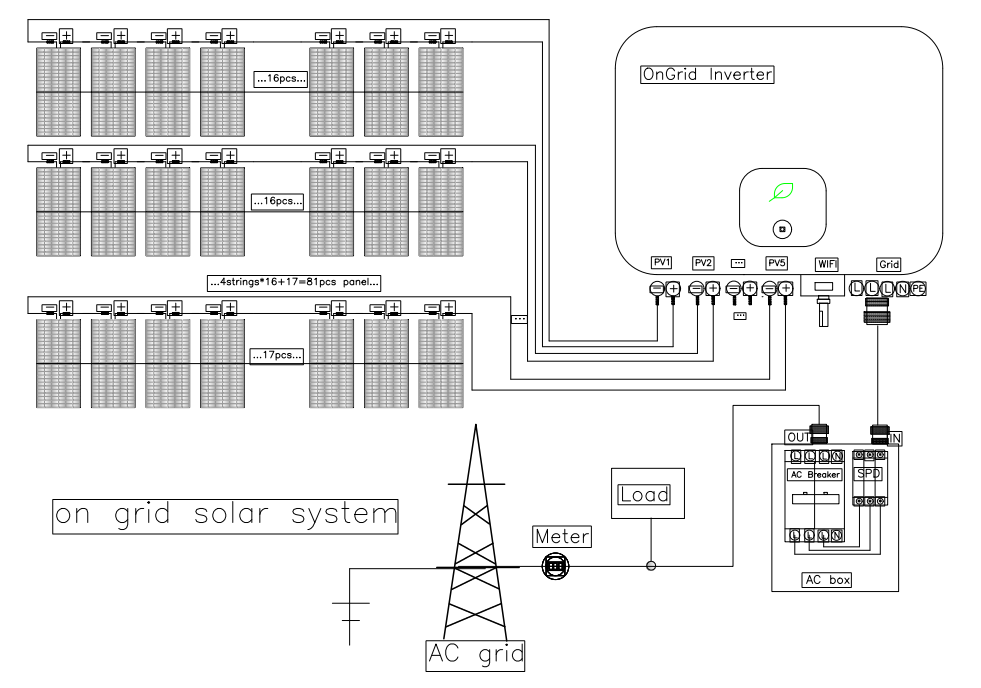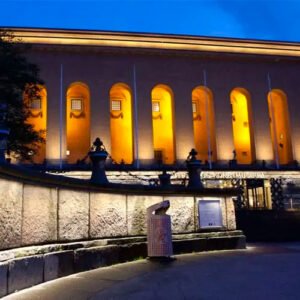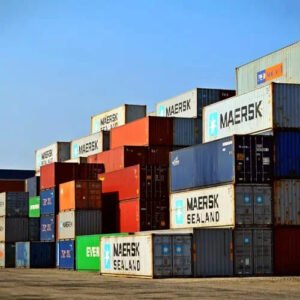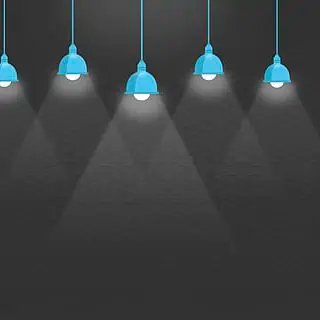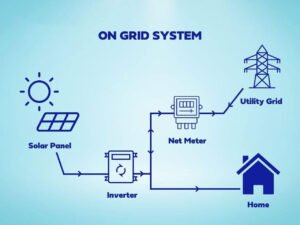Benefits of Grid-Connected Solar Systems for Homeowners
A grid-tied solar system, as the name implies, means that the solar system is connected to an electrical grid.
Does this system offer homeowners any long-term benefits?
Here are 7 of the major benefits homeowners can enjoy from grid-connected solar systems:
- Very affordable
The grid-connect solar system, unlike the other solar systems, is not very expensive. The cost-efficiency of this option can be attributed to the fact that there is no need to buy batteries and some other equipment. You will not have to bother with the reform costs that accompany batteries.
Also, the system helps to reduce bill expenses. The less you consume, the more energy you save to the utility grid, and the more money you gain from your state government.
In comparison, the grid-tied system costs less than other systems since installing one off-grid system costs up to 3 times the price of a grid-connected system.
- Increases the value of your home
Installing solar panels in your home does not only help you to save thousands of dollars yearly.
Do you plan to sell your house someday?
Every homeowner wants to make improvements and repairs that will increase the value of their home when they are ready to sell.
The PV cell components of your solar system, in addition to generating energy, also raises the selling point of your home by adding a more technologically related and modern look that will attract more buyers.
By investing in grid-connected solar panels, you will be making a major improvement that will boost the value of your home. You should prioritize this enhancement because buyers prefer a house that has a working solar system.
- No need to buy expensive battery storage
Grid-connected photovoltaic systems are very affordable and easy to build and maintain. Since there is no need to buy a battery, which is the most expensive component, you do not have to worry about damaging the battery by under or over-charging.
- Very reliable
What would you do when faced with a power shutdown?
If you install a grid-tied solar system, it would have collected and saved solar radiation in the utility grid. Therefore, when there is a power shutdown, it can provide you with power for your electrical appliances.
Also, it will continue to produce power whenever you use it. If you only consume a small amount of energy, the rest will be converted into money for you by your state government.
- You get to use 100% renewable energy
Using some energy sources can cause considerable contamination. Thankfully, grid-connected solar systems use clean, renewable power to generate energy that will positively impact human beings and the environment.
Grid-connected solar systems do not require batteries, helping to reduce the environmental contamination caused by batteries, allowing you to breathe fresher air.
Most people prefer this type of solar system because it can be used for a very long time without experiencing any side effects or damage. It is safe to say that it has the longest lifespan compared to other solar systems.
- Easy installation
You do not need that much help in connecting your solar system to the grid. It involves a simple process that you can easily complete with the help of a friend over a weekend.
All you need to do is take note of the minimum requirements of 100 square feet for every kilowatt when installing the panels on your rooftop.
Here are the necessary steps you need to follow to install a grid-connected solar system:
- Enlist the services of the best solar installation company. For best quality, best prices, and best quotes, contact Sunway Solar. Request an on-grid solar system.
- If you would rather install the system yourself, an expert from the company will visit your home to check your area for capacity and strength before installation.
- The expert will check all your home electrical connections and loads.
- They will recommend the best on-grid system for your home.
- The engineer will help to install your preferred solar system.
- Very resourceful and effective
The grid-connected solar system uses a very simple working process to produce energy.
The sun shines on the panels, producing a direct current, which is converted to AC for use in your home. Any excess energy is transferred to the utility. The grid stores energy to be used when the sun is down, instead of requiring batteries or a myriad of other costly equipment.


